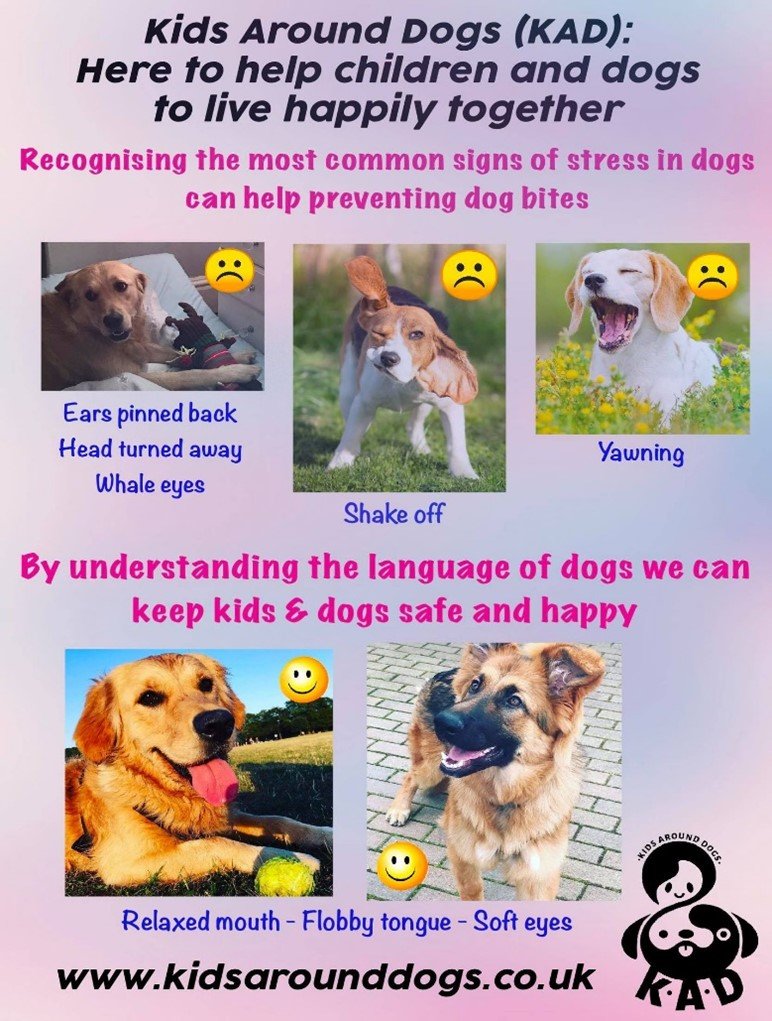Interactions between children and dogs can bring joy and teach valuable life lessons. However, it is vital that parents teach children to respect dogs and how to behave around them. This blog post will discuss why barking and growling at dogs can be dangerous and disrespectful. It could also be argued that it is animal abuse.
As a scout leader and dog walker in the Finchley area, I am always offering tips on how to meet a dog or stand still and be like a tree if you are feeling scared along with others.
The Importance of Safe Interactions
Dogs rely on clear communication. Children may not realize that barking or growling at a dog can be mistaken as aggressive behaviour. This can therefore create potentially dangerous situations. The reason being is that the dog may become anxious, defensive, or even react aggressively to what they perceive as a potential threat
It is really important that we teachchildren to approach dogs calmly and gently, respecting their personal space, helps create a safe environment for both parties. We can prevent accidents and promote healthier Dog’sactions by fostering understanding and empathy.
As yourse;lf the following question. if I came up to your child in the street adog’soved my hand in their face what would your rweavtion be?
Respecting the Dog’s Boundaries
All relationships are bui;t around trystr and rRespect and this is np different with ianimals. Teaching children to respect a dog’s boundaries is crucial for their safety and well-being. Encourage children to give dogs their personal space and allow the dog to approach them in their own time. It is also important that children understand that not all dogs are the same: some may be friendly and eager for attention, while others may be shy, nervous or anxious. By understanding that dogs have their codog’s zones, children can learn to approach dogs appropriately, making encounters mordoesn’table for both the child and the dog.
It is therefore important that kids learn to ask the owner before running up to a dog and even then ;let the dog make the decision
Educating on Dog Body Language

Understanding dog body language is critical to promoting safe interactions. Teach kids to observe a dog’s cues, such as tail pdog’son, ear placement, and body tenseness. A wagging tail doesn’t necessarily mean a dog is friendly, just as a tucked tail may not indicate aggression. Educate children about signs of stress or fear, including lip licking, yawning, or cowering. Please encourage them to look for signs of relaxation, such as loose movements and gentle expressions. By teaching kids and adults to pay attention to a dog’s body language, we empower them to understand better how a dog feels and respdog’sccordingly. This knowledge helps prevent potentially dangerous situations and promotes respectful behaviour.
Leading by Example
Children learn by observing the behaviour of the adults around them. As parents, guardians, or caregivers, setting a positive example when interacting with dogs is essential. Show children how to approach dogs calmly, ask for permission before approaching, and respect a dog’s personal space. Never demonstrate or encourage behaviours such as barking, growling, or teasing dogs. By leading by example, we can help instil in children the valLet’sf empathy, kindness, and responsible pet ownership.
Conclusion
Teaching children to refrain from barking and growling at dogs is essential to create safe and respectful interactions for both children and dogs. P”omoting understanding, empathy, and proper dog etiquette can foster harmonious relationships, prevent accidents, and ensure children become responsible and compassionate individuals. Let’s work together to create a world where everyone, including our four-legged friends, can coexist happily.”Teaching children to refrain from barking and growling at dogs is essential to create safe and respectful interactions for both children and dogs. Promoting understanding, empathy, and proper dog etiquette can foster harmonious relationships, prevent accidents, and ensure children become responsible and compassionate individuals. Let’s work together to create a world where everyone, including our four-legged friends, can coexist happily.

